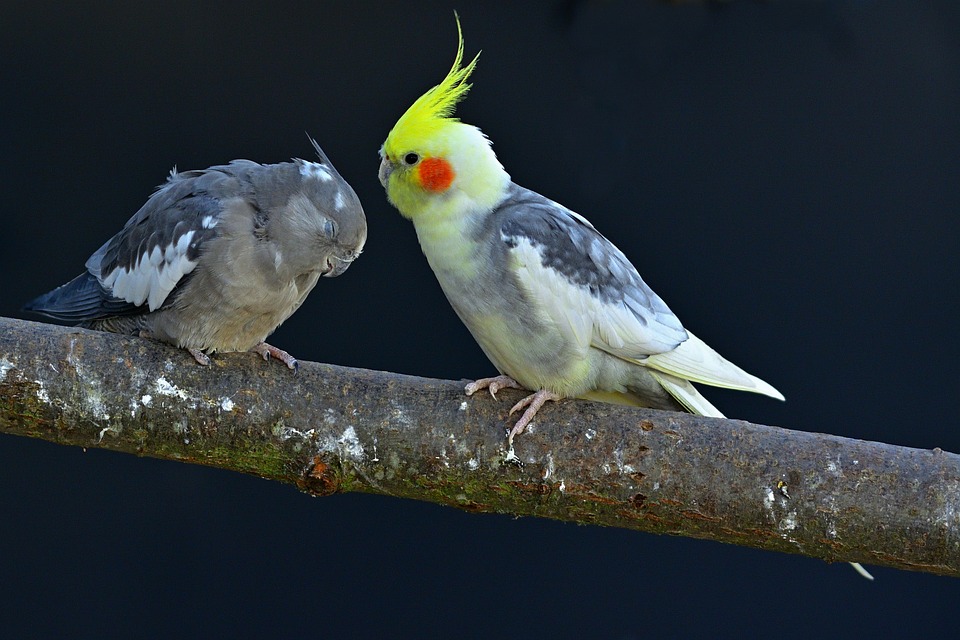Parrot training is a rewarding and enjoyable activity for both parrots and their owners. Before you begin a training session, it’s essential to understand the signs of excitement and anticipation your parrot may display. Recognizing these signs will help you gauge your parrot’s readiness and enthusiasm for training, ultimately leading to more productive sessions and a stronger bond between you and your feathered friend. In this article, we will discuss the various signs of excitement and anticipation in parrots before training sessions, as well as address common FAQs related to parrot training.
When a parrot is excited or anticipating a training session, you may observe increased feather preening. Parrots groom themselves by nibbling and arranging their feathers meticulously. If your parrot is focusing on its plumage and seems extra attentive to its appearance, it could be a sign of eagerness for the upcoming training session.
Parrots are known for their ability to mimic sounds and communicate through a wide range of vocalizations. Before a training session, your parrot may become more vocal than usual. It may engage in chattering, singing, or even squawking to grab your attention. These vocalizations indicate anticipation and a desire to interact with you during the training session.
An excited parrot will typically exhibit increased activity levels. You may notice your feathered companion hopping around its cage, climbing on perches, or even engaging in playful behaviors. This heightened energy is a positive sign that your parrot is eager to begin the training session.
Pay close attention to your parrot’s body language, as it can reveal a lot about its excitement and anticipation. Some common body language signs to look out for include tail wagging or fanning, wing flapping, and puffed-up feathers. These behaviors indicate your parrot’s readiness and enthusiasm for training.
Now, let’s address some common FAQs related to parrot training.
Q1: How long should a training session be?
A: Training sessions should be kept short, ideally between 10 to 15 minutes, to maintain your parrot’s focus and prevent boredom or frustration. Shorter, frequent sessions are more effective than long, infrequent ones.
Q2: What treats can I use during training?
A: Parrots are often motivated by food rewards. Use small, healthy treats like seeds, nuts, or small fruit pieces to reward your parrot during training. However, ensure that the treats are given in moderation to maintain a balanced diet.
Q3: What if my parrot loses interest during a training session?
A: If your parrot loses interest or becomes distracted during a training session, it’s essential to remain patient and end the session on a positive note. Resume training later or try a different approach to keep your parrot engaged.
Q4: Can older parrots be trained?
A: Absolutely! Parrots of all ages can be trained. While older parrots may take longer to learn new behaviors, they can still benefit from training sessions that provide mental stimulation and promote a deeper bond with their owners.
Q5: Is it necessary to use a clicker during training?
A: Clicker training can be an effective tool for parrot training, but it is not a requirement. Verbal cues or other markers can also be used to indicate desired behaviors.
In conclusion, recognizing signs of excitement and anticipation in your parrot before training sessions is vital for successful training outcomes. By observing your parrot’s body language, vocalizations, and behavior, you can gauge their readiness and adjust your training approach accordingly. Remember to keep training sessions short, use appropriate treats, and remain patient throughout the process. Happy training!









